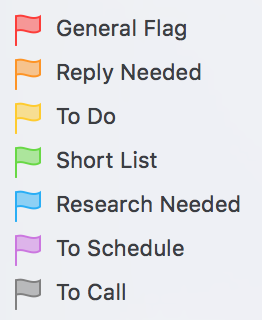Have you ever gone to your Mac’s iCloud System Preferences and clicked the Sign-Out button and then had your Mac fail to properly sign-out of iCloud? Typically, signing out of iCloud is a straight-forward process, but on rare occasions, I’ve encountered difficulty. If you’re having this problem, try one of these options that have worked for me. Apple introduced the iCloud System Preference pane in OS X Lion, version 10.7.5. Before that it was called MobileMe.
[Update October 2022: Starting with macOS 13 Ventura System Preferences has been renamed to System Settings. If your Mac is running macOS 13 Ventura or newer then go to the iCloud System Settings in lieu of iCloud System Preferences.]
Option 1
- Make sure you’re signed in to your Mac using a User account that has administrative privileges. (Explaining how to do this is outside the scope of this article.)
- Go to /Applications/Utilities and double-click Terminal to open it. (Before you use Terminal, please make sure you have a full backup of your Mac. Issuing commands in Terminal improperly can have very adverse effects on your Mac.)
- Type this command: defaults delete MobileMeAccounts
- Press the Return (aka Enter) key and type your user account password if prompted.
- Now, see if you can sign out of iCloud successfully. Go to the Apple menu, select System Preferences and click on the iCloud button. Click on the Sign Out button.
Option 1 is based on information provided at BenCoding.com
https://bencoding.com/2017/02/12/forcing-icloud-logout-on-your-mac
Option 2 – Warning: Deleting these files mentioned below will cause every account you have setup in the Internet Accounts System Preferences pane to be deleted, most notably this would include your email account(s). Thus, you would need to re-add these other accounts that would be deleted.
If you know how to access the invisible Library folder in your User Account then delete the following files:
~/Library/Preferences/MobileMeAccounts.plist and the contents of
~/Library/Accounts
Click on the Apple menu and select Log Out
After your Mac has logged you out of your account, you’ll be taken to the Login screen. Select your account and login again.
Now see if you can sign out of iCloud successfully. Go to the Apple menu, select System Preferences and click on the iCloud button. Click on the Sign Out button.

